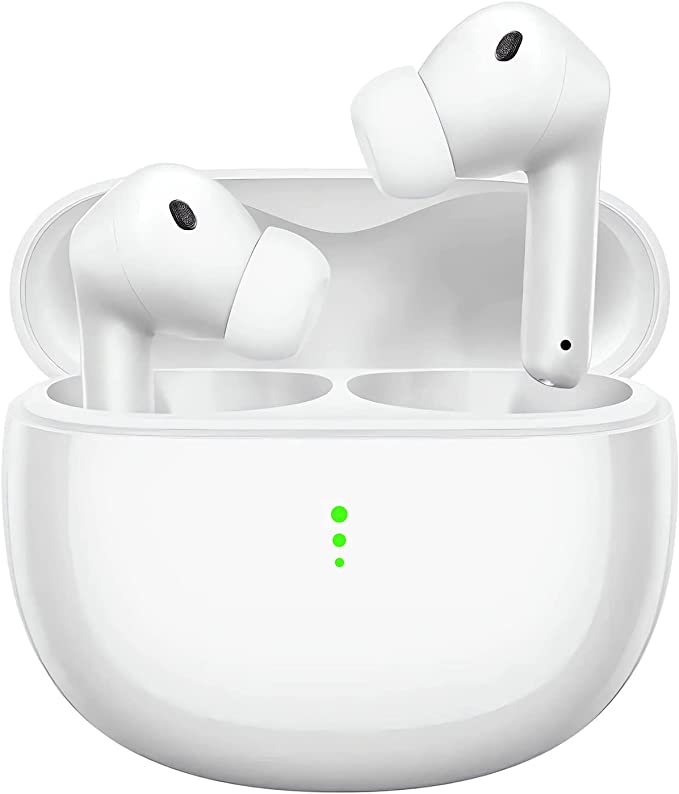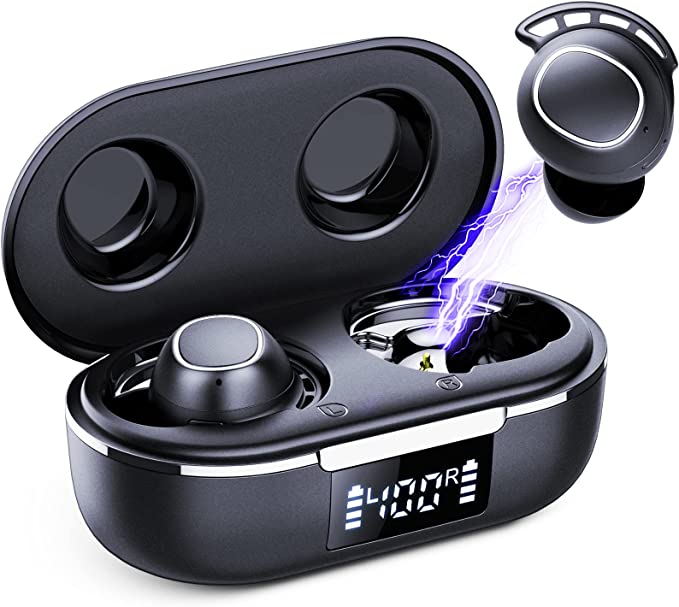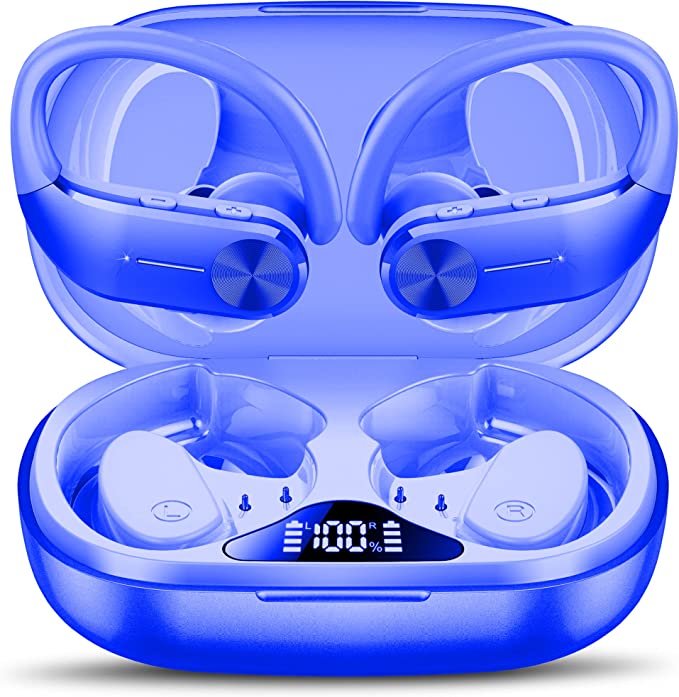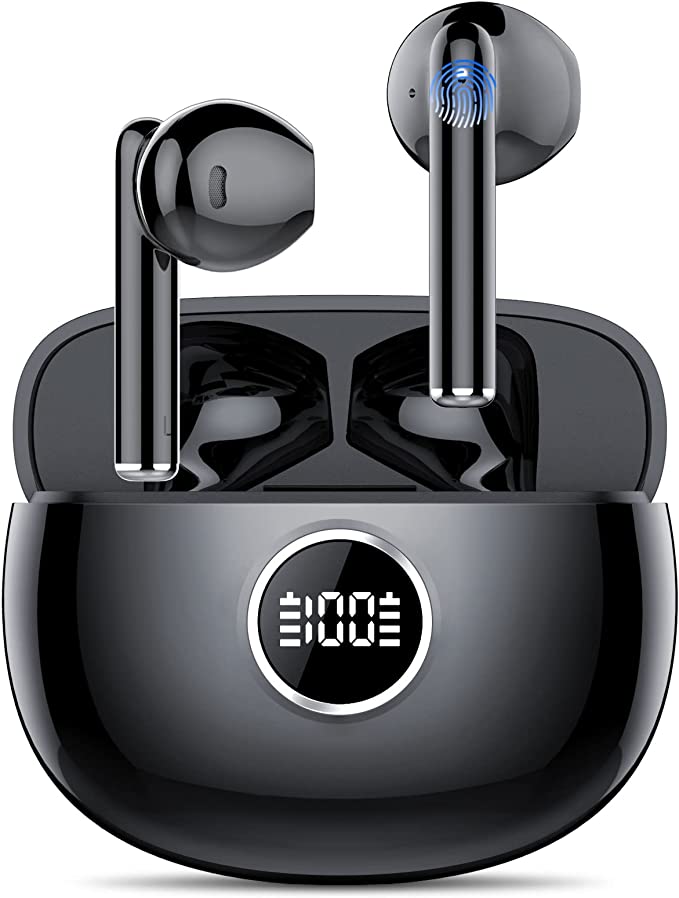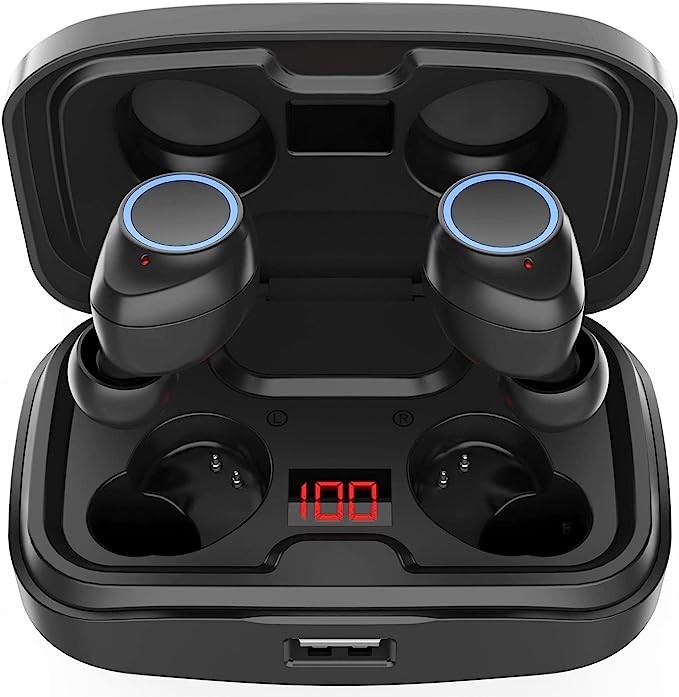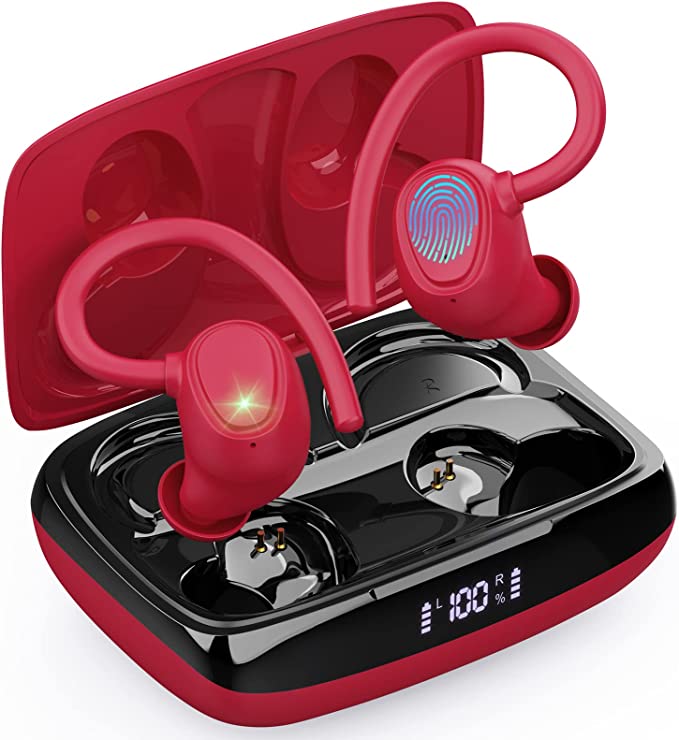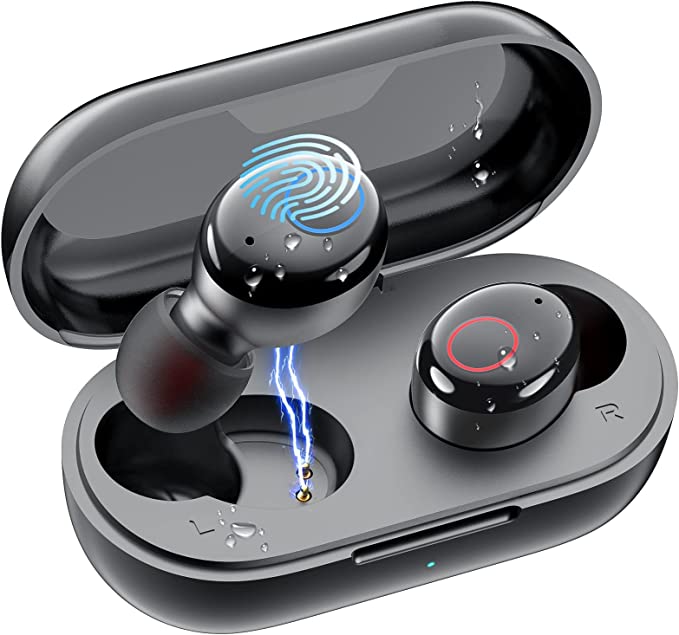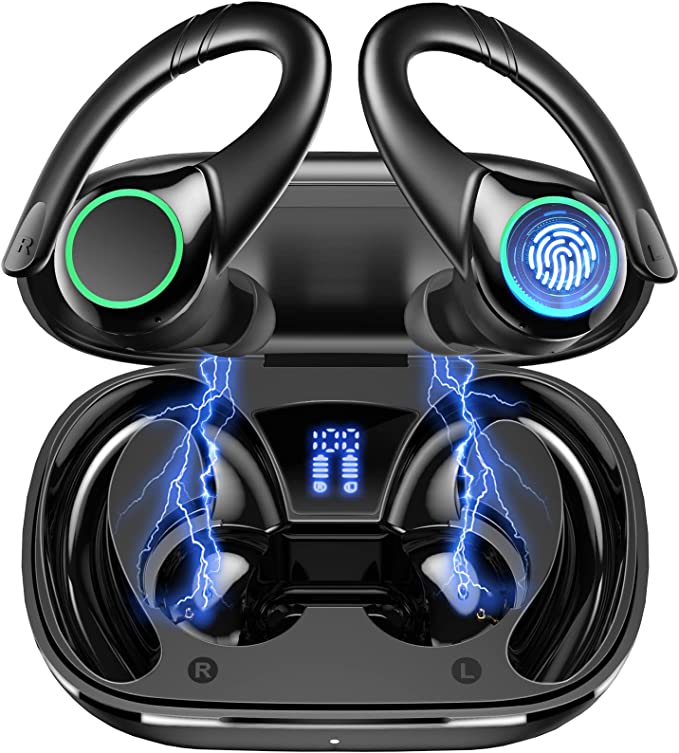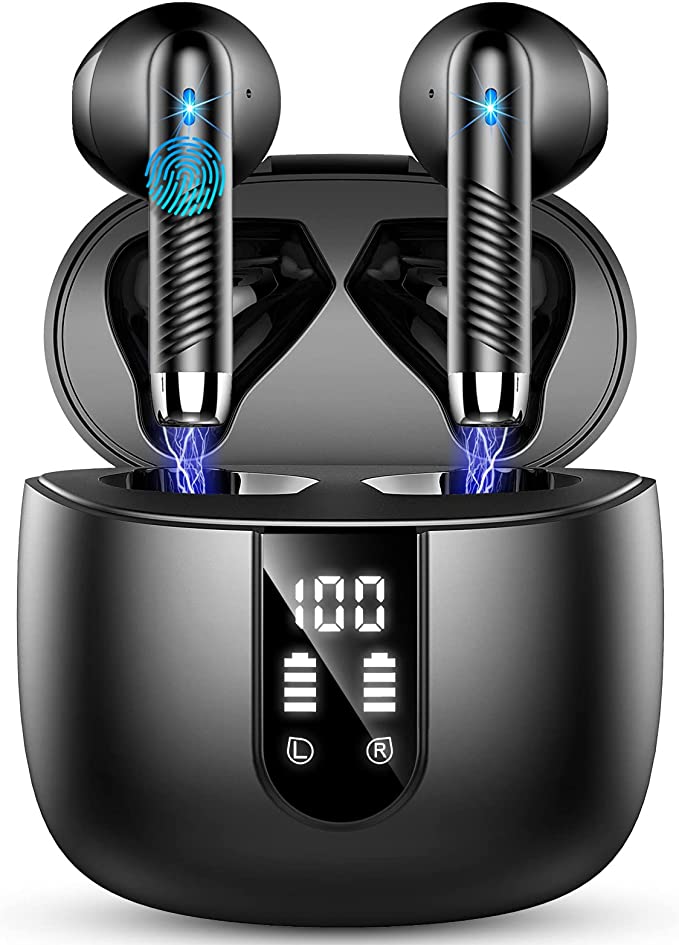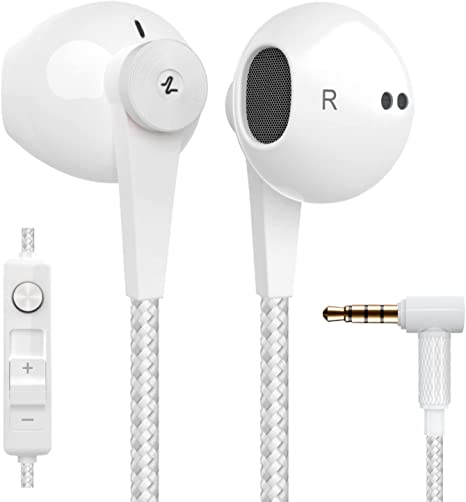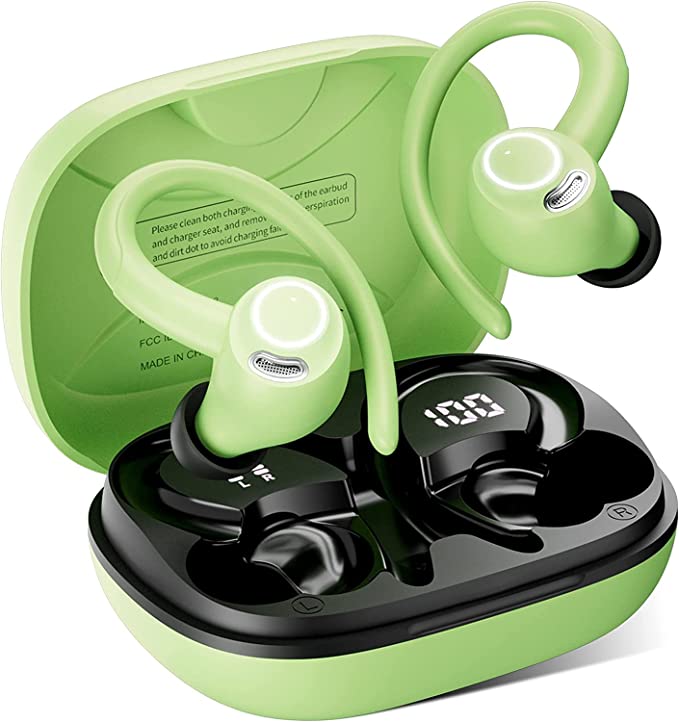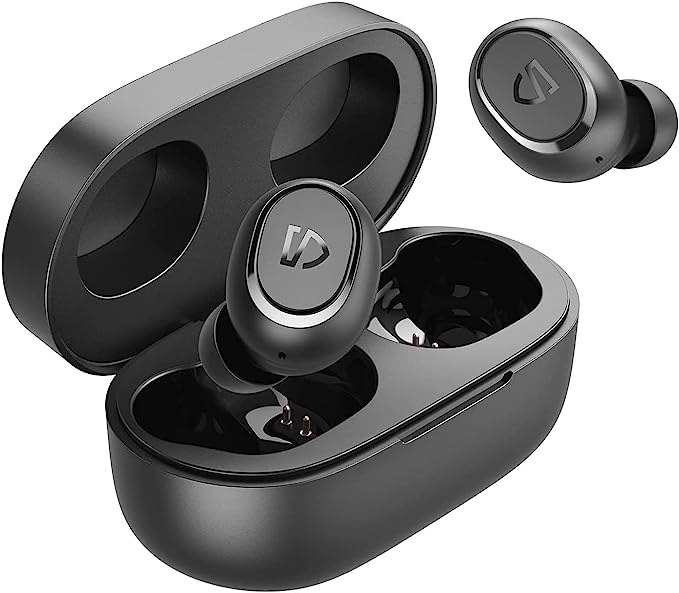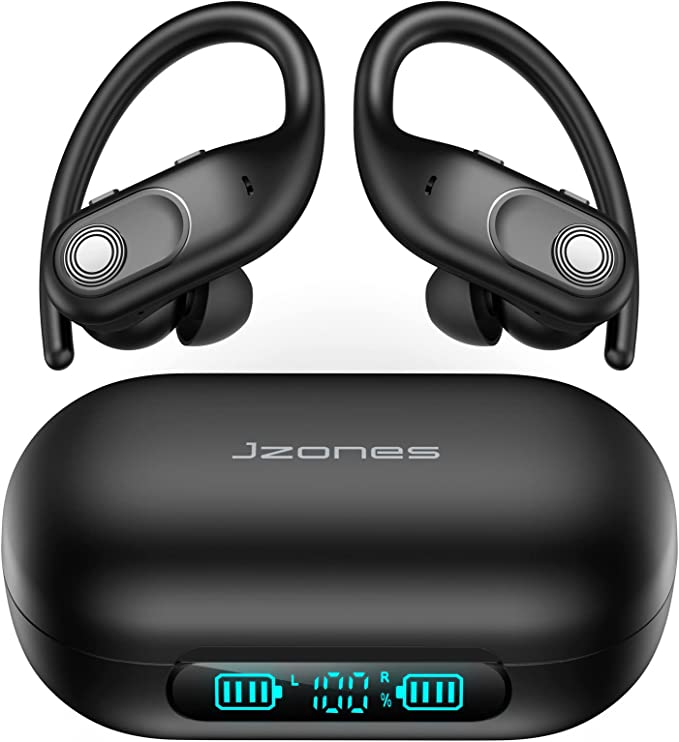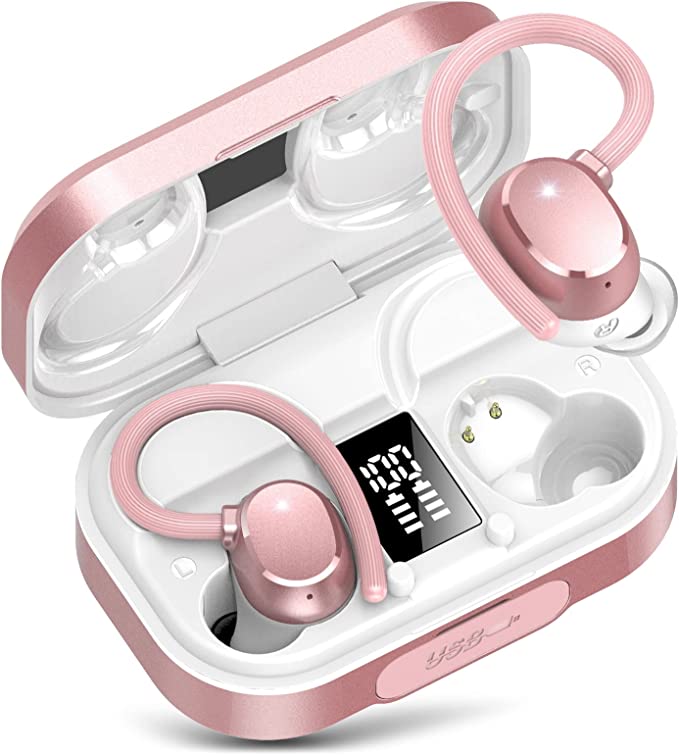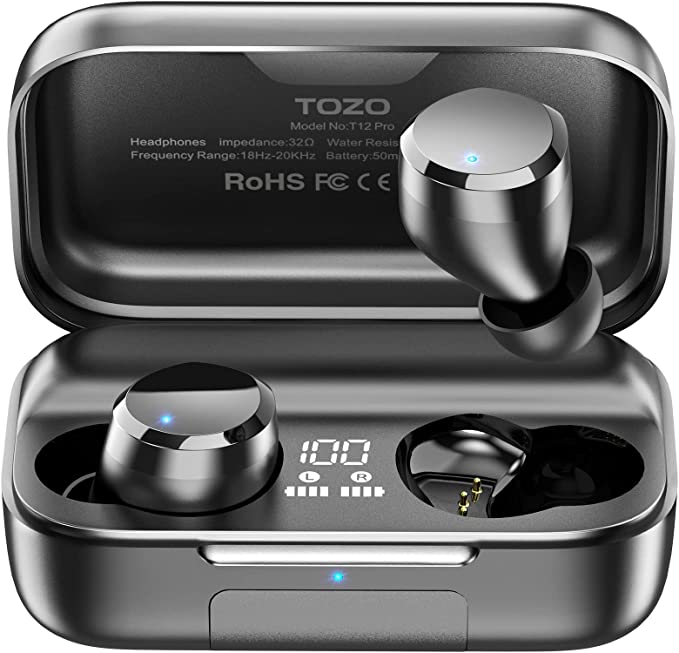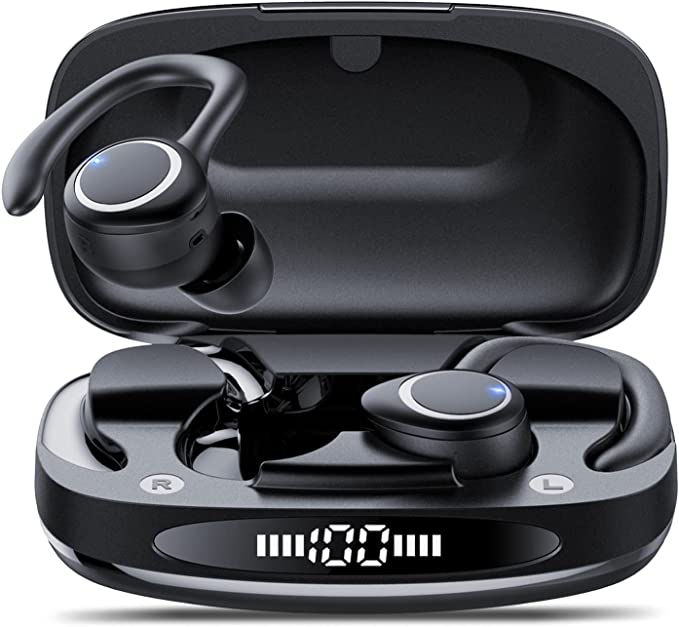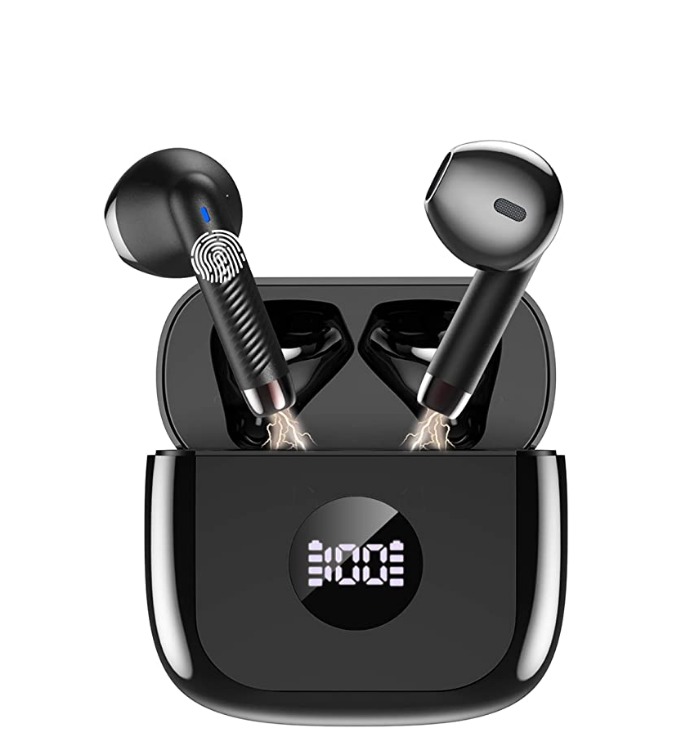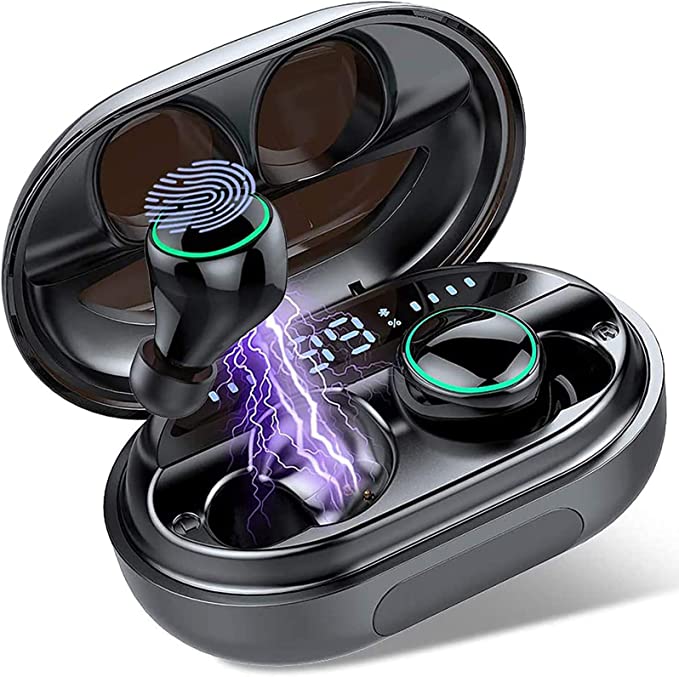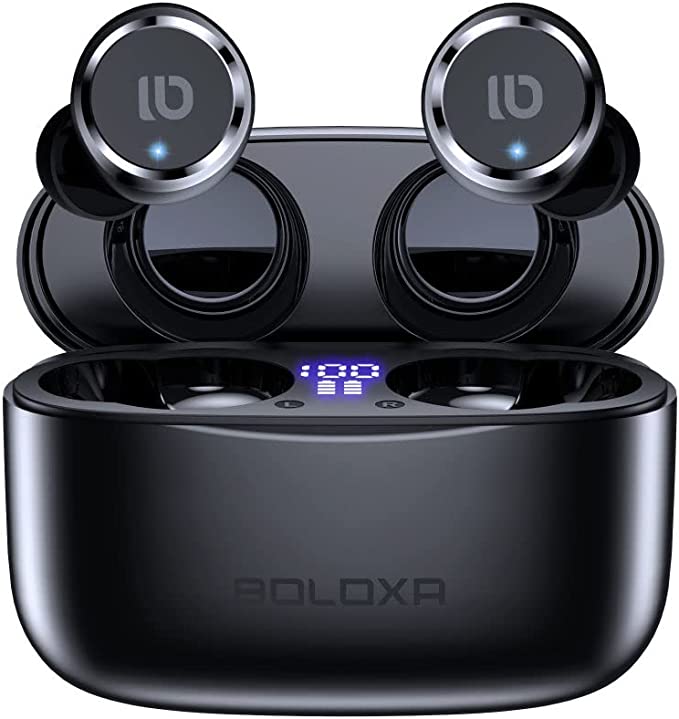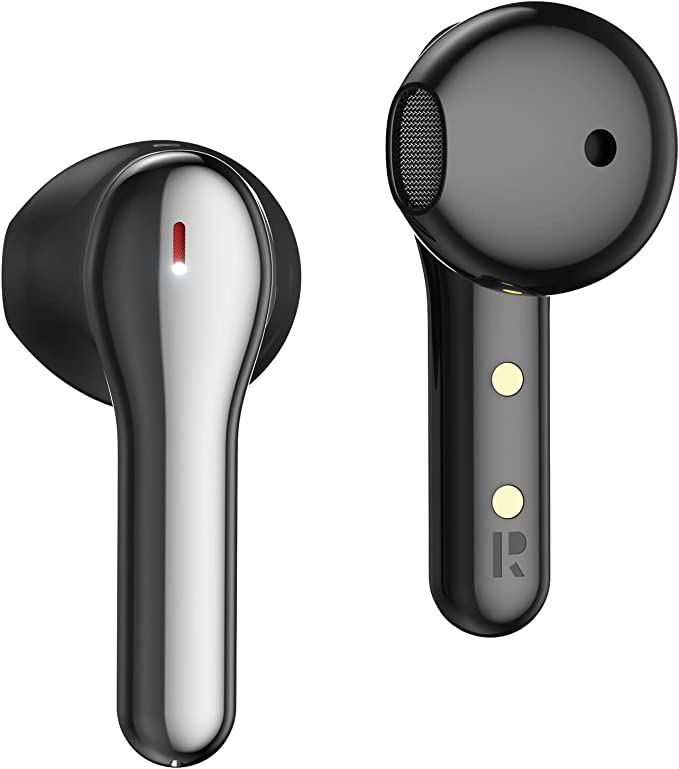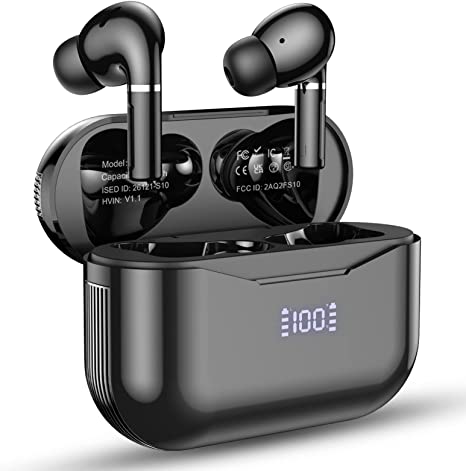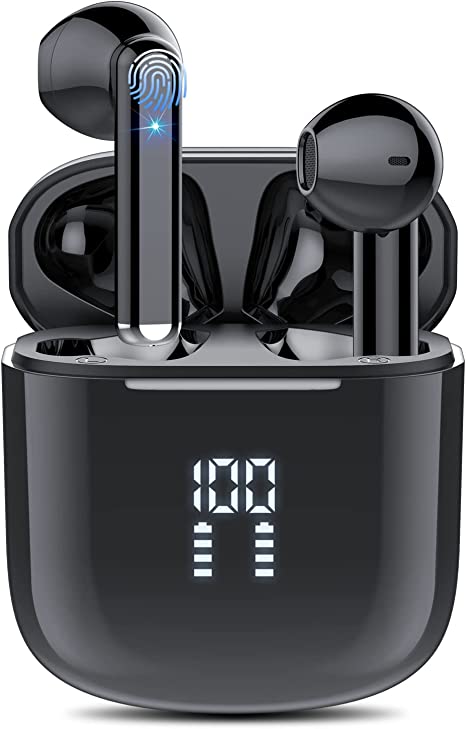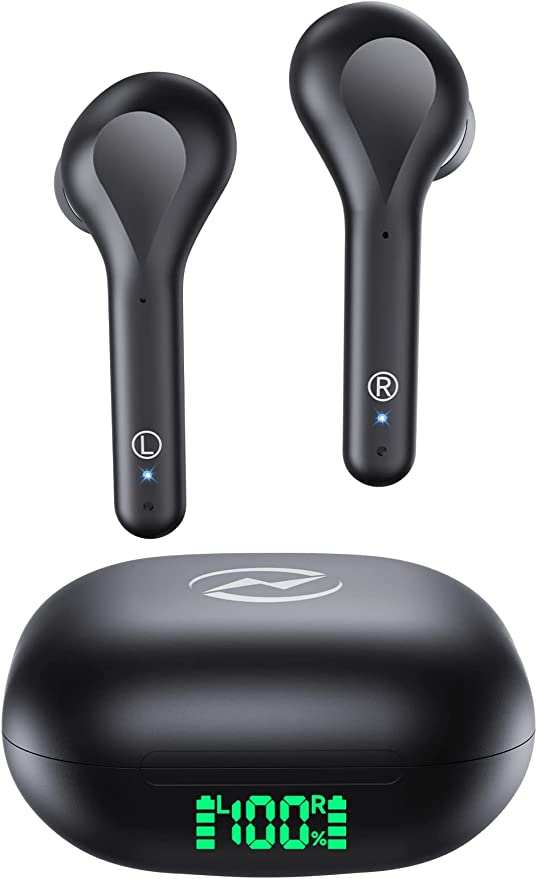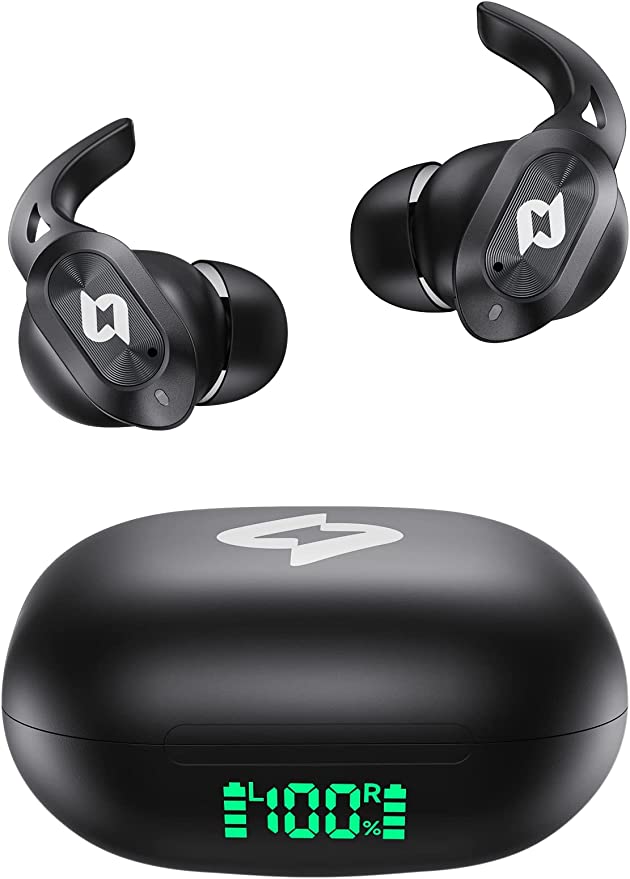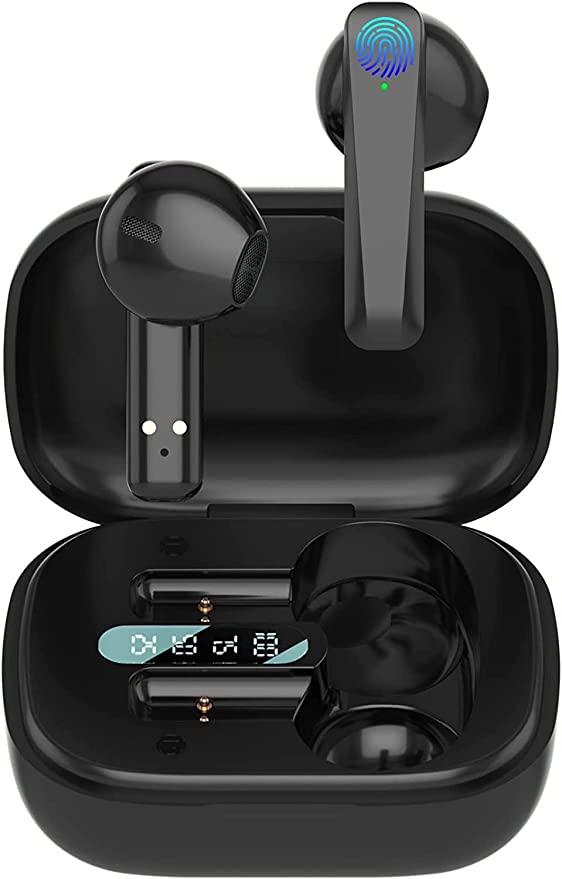Asnrc T2 Wireless Earbuds : A Budget-Friendly Option with Decent Sound
Update on July 2, 2025, 1:06 p.m.
In our endlessly buzzing, pinging, and chattering world, the search for a small pocket of peace can feel like a quest. We crave a moment of focus, a private soundtrack for our commute, an uninterrupted podcast during a workout. We want to inflate our own personal sound bubble, a portable sanctuary that travels with us. But when you see a tool promising to create this magic for less than the price of a couple of movie tickets, a healthy dose of skepticism is natural. How can a sub-$20 pair of wireless earbuds, like the Asnrc T2, possibly deliver on such a promise? The answer lies not in magic, but in layers of clever, mature science that have become so affordable they are now accessible to nearly everyone.

Building the Bubble’s First Layer: An Impenetrable Wall Against Water
Imagine you’re out for a run, lost in the rhythm of your favorite playlist. The sky, which was clear moments ago, unleashes a relentless downpour. In the past, this would have been a panic-inducing moment, a mad dash to save your electronics from a watery grave. But today, you don’t break your stride. Your music, your personal bubble, remains perfectly intact.
This small miracle is brought to you by a rating called IPX7. It’s a standard from the International Electrotechnical Commission (IEC 60529), and it’s essentially a certified promise. The ‘X’ means it hasn’t been formally rated against solids like dust, but the ‘7’ is what shields you from the rain. It certifies that the earbuds can survive being fully submerged in up to one meter of fresh water for 30 minutes. Think of it as a high-tech raincoat for your electronics. This is often achieved with a microscopic, invisible hydrophobic nano-coating on the internal circuitry. Much like the surface of a lotus leaf, this coating forces water to bead up and roll away, preventing it from ever reaching the delicate components within.
However, science is precise. This rating is your shield against sweat, splashes, and even an accidental drop into a puddle. It is not, however, a license to go swimming. The dynamic pressure of moving through water is a different beast entirely. But for 99% of daily adventures, this first layer of your bubble is remarkably robust.

Powering the Bubble: The Invisible, Unbreakable Connection
Your sound bubble is more than just a physical shield; it’s an experience, and nothing shatters that experience faster than a stuttering, skipping audio connection. You’re on a crowded train, surrounded by a sea of other wireless signals, yet your podcast flows seamlessly. You use your earbuds all day, from your morning commute to an evening call, and the battery indicator barely budges. This is the domain of Bluetooth 5.2.
If older Bluetooth versions were like winding country roads, think of Bluetooth 5.2 as a modern, multi-lane highway. It’s designed for more stable, efficient data transmission, which means fewer frustrating dropouts. This stability is the invisible thread that keeps your bubble from bursting.
Did You Know? The name “Bluetooth” isn’t a techy acronym. It’s borrowed from Harald “Bluetooth” Gormsson, a Viking king who united the Danish tribes in the 10th century. The founders of the technology felt it was a fitting temporary name for a protocol that unites different devices, and it simply stuck!
Crucially, this data highway is also incredibly fuel-efficient. The standard’s Low Energy (LE) protocols are masters of sipping power, which is the secret behind the impressive 50-hour total playback claim. The earbuds themselves run for hours, and the charging case is like a portable power bank, holding multiple recharges. This energy efficiency isn’t just about convenience; it’s fundamental to the integrity of your bubble, ensuring it can last as long as your day does.
Perfecting the Bubble’s Acoustics: The Surprising Physics of a Perfect Seal
Here is where we address a common ghost in the machine of audio. A user review might say, “The music just lacks bass.” It’s a frequent complaint with earbuds, but the culprit often isn’t the hardware itself, but a simple matter of physics and fit.
Your ear canal is the final concert hall for your music. For you to perceive rich, deep bass, the low-frequency sound waves produced by the earbud’s driver need to create pressure in that sealed space. If the earbud doesn’t form an airtight seal, it’s like trying to inflate a tire with a leak; all that low-end pressure escapes, and the sound reaching your eardrum feels thin and weak. This is why the Asnrc T2, like any decent pair of earbuds, comes with multiple sizes of silicone eartips. Finding the right size isn’t a suggestion; it’s the most critical step to unlocking the device’s true sound potential.
This taps into the fascinating field of psychoacoustics—the study of how our brain perceives sound. When you achieve that perfect, snug seal (not painful, just sealed), you’re not just blocking outside noise (passive noise isolation); you’re giving your brain the full spectrum of sound waves it needs to reconstruct a rich and immersive audio landscape. Suddenly, the bass that seemed “missing” magically appears. One user’s enthusiastic comment, “THEY DON’T FALL OUT,” is a testament to an ergonomic design that not only provides stability but also, by extension, guarantees a better acoustic experience.
The Bubble’s Reality Check: The Art of the $20 Compromise
Now, let’s address the elephant in the room. Another user notes that the charging case feels “very flimsy.” This isn’t an oversight; it’s a window into the world of industrial design and the art of the trade-off.
To build a device with reliable waterproofing, a modern Bluetooth chip, and long-lasting batteries for under $20, manufacturers must make strategic choices. The case is likely made from a common, cost-effective thermoplastic like ABS plastic. While durable enough for daily use, it lacks the dense, premium feel of the aluminum or high-grade polycarbonate found in devices ten times the price. This is a deliberate “design trade-off.” The engineers prioritized the integrity of your sound bubble—its water resistance, its connection, its battery life—over the luxurious feel of its storage container. It’s a testament to a mature design philosophy: deliver excellence where it matters most for the core experience, and make sensible compromises elsewhere.
Conclusion: Living in Your Personal Bubble
So, that little bubble of sound you create is no simple thing. It is a multi-layered construct of science. Its walls are fortified against water by international standards and nano-coatings. Its existence is powered by an invisible, energy-sipping data connection named after a Viking king. And its immersive quality is perfected by the simple, surprising physics of a perfect seal in your ear.
Affordable products like these aren’t “cheap” in the way we used to think. They represent the incredible democratization of advanced technology. They are proof that a personal, portable sanctuary is no longer a luxury. It’s a testament to the quiet, brilliant engineering that allows us to, whenever we choose, press play and create a little bit of peace just for ourselves. And as this technology empowers us to selectively tune out the world, it leaves us with one final, interesting question: in crafting our perfect personal bubbles, how do we remember to decide when to let the world back in?
